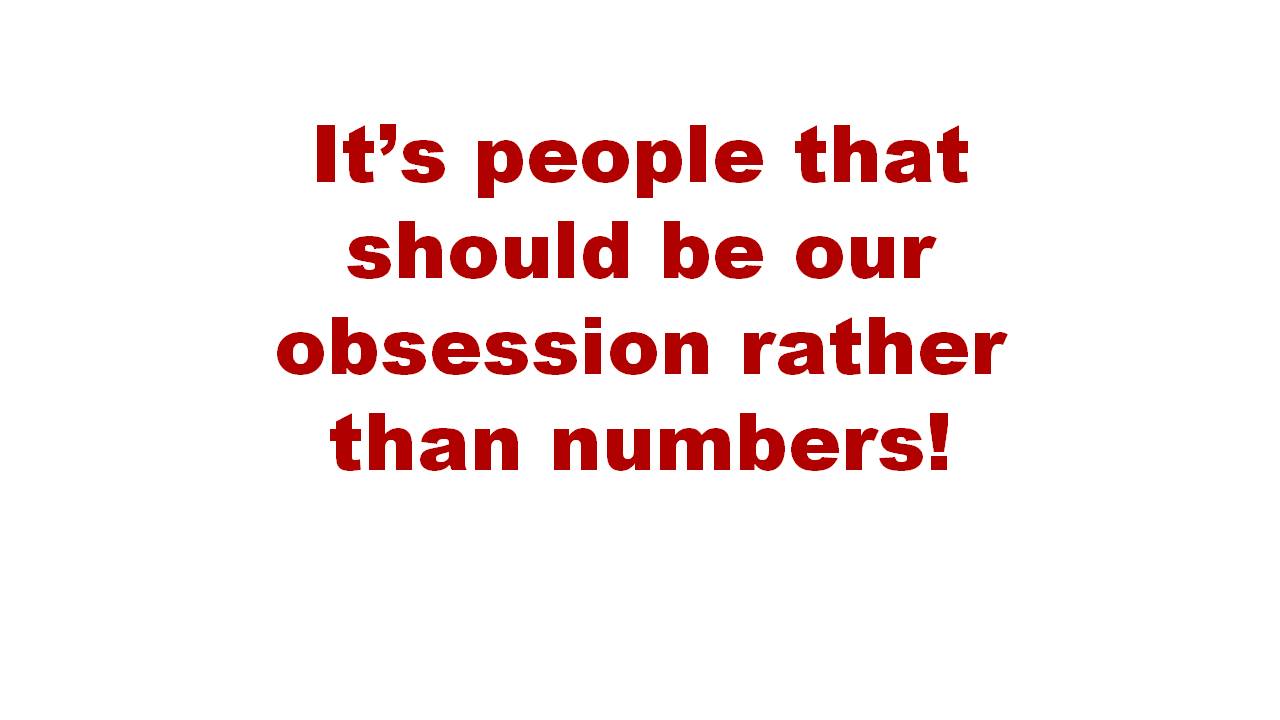by Peter A. Arthur-Smith
“My talented team and colleagues… (are) often driven by our KPIs, like viewership, subscriptions or followers…At the end of the day, our jobs are to fulfill the NBA’s mission (intent) to inspire and connect people everywhere through basketball – emphasis on the word people.” Tammy Henault, Chief Marketing Officer, National Basketball Association (NBA), as quoted in New York Times Advertiser Perspective, December 8th, 2024; under the banner MARK MAKERS ON THE MOMENT.

Henault went on to declare, “The transition from manager to leader was – and still continues to be – a journey.” That was insightful in itself, although unfortunately likely positions managers and leaders in hierarchical roles which is an outdated concept for today’s organization world. There are still way too many old school organizations that view managers as being in the middle, sandwiched between front line team members and executive-leaders. It’s one key reason why so many ventures underperform, because a manager’s hierarchical role is to be the whipping boy, policeman and number’s producer…rather than being a people inspirer and leader.
So, within hierarchies, people-leadership could one capability, although numbers-management is our current preferred role. The former inspires people to give of their best, while the latter makes them into machines…which often burn out. We do require a semblance of management to optimize people-performance, but only as a force for adopting sensible disciplines and to ensure the right logistics are in place to allow optimal performance. Hence we should shelve our fixation of having managers as day-to-day drivers and leaders as the hierarchical orchestrators – that’s old school thinking, again. With today’s dynamic, more educated work environment, we need leaders at all levels – specialist leaders, team leaders, strategic leaders and visionary leaders – to encourage people to optimize their performance rather than force them to perform like robots.
Younger generations, where Gen Ys and Zs are more than 50% of today’s workforce, yearn people-leadership to generate environments where they’re inspired to give of their best, without having to work 24/7. We need more executive-leaders like Tammy Henault, who shares her view: “I still love exceeding a tangible, numeric goal, but now I get so much more joy when I see someone exceed their own expectations and grow.”
Numbers-management or KPIs have become an obsession across the board that only undermines the golden-people-goose. I believe it’s the root cause of so many of today’s societal tensions. Pushing people to accomplish certain numerical goals, when they’re not led to understand the societal benefits and fundamental skills, resources and activities required to produce those numbers. It’s like asking blind people to hit their numbers when they cannot see what’s required…and that’s not intended to besmirch blind people in any way, who so often realize some incredible feats.
Numbers-managers too often obsess about KPIs, where they regularly and blindly overlook their required fundamental obligation is to educate, match talents to roles, and encourage people to give of their best. People-leaders also pay attention to how well their team is positioned for success, by having the right team members and effective support. They also ensure it has sufficient resources, and that the right intrinsic motivators are in place? By ascertaining that these fundamentals exist, then people-leaders can orchestrate their teams to perform at an optimum level. From there the numbers flow.
Consequently, we have to turn the tide away from numbers-management that includes an increasing reliance on AI and robots, as opposed to orchestrating well-led, people-oriented environments. Notwith-standing that AI has some value to relieve people of their more routine, mundane and efficiency-minded tasks, we still require talented people to fulfill so many ongoing innovative, breakthrough and elegant-outcome roles within society. Without the latter factors we end up getting too many cheap solutions, so that someone can pocket the difference.
Tammy Henault, notwithstanding her tremendous personal success, from a humble to a lofty role, has clearly drawn the right conclusion. It’s people that should be our obsession rather than numbers. This includes talking with them much more about exciting team destinations, outcomes and journeys, rather than traditional goals and KPIs. As an American Commander pointed out back in those Vietnam days; “Too often what counts cannot be counted and what can be counted doesn’t count” …much to Wall Street’s chagrin!
